Elegance Unveiled: Exploring The Barcelona Pavilion By Mies Van Der Rohe
- 18 Dec 2023
- By Deshal Shah
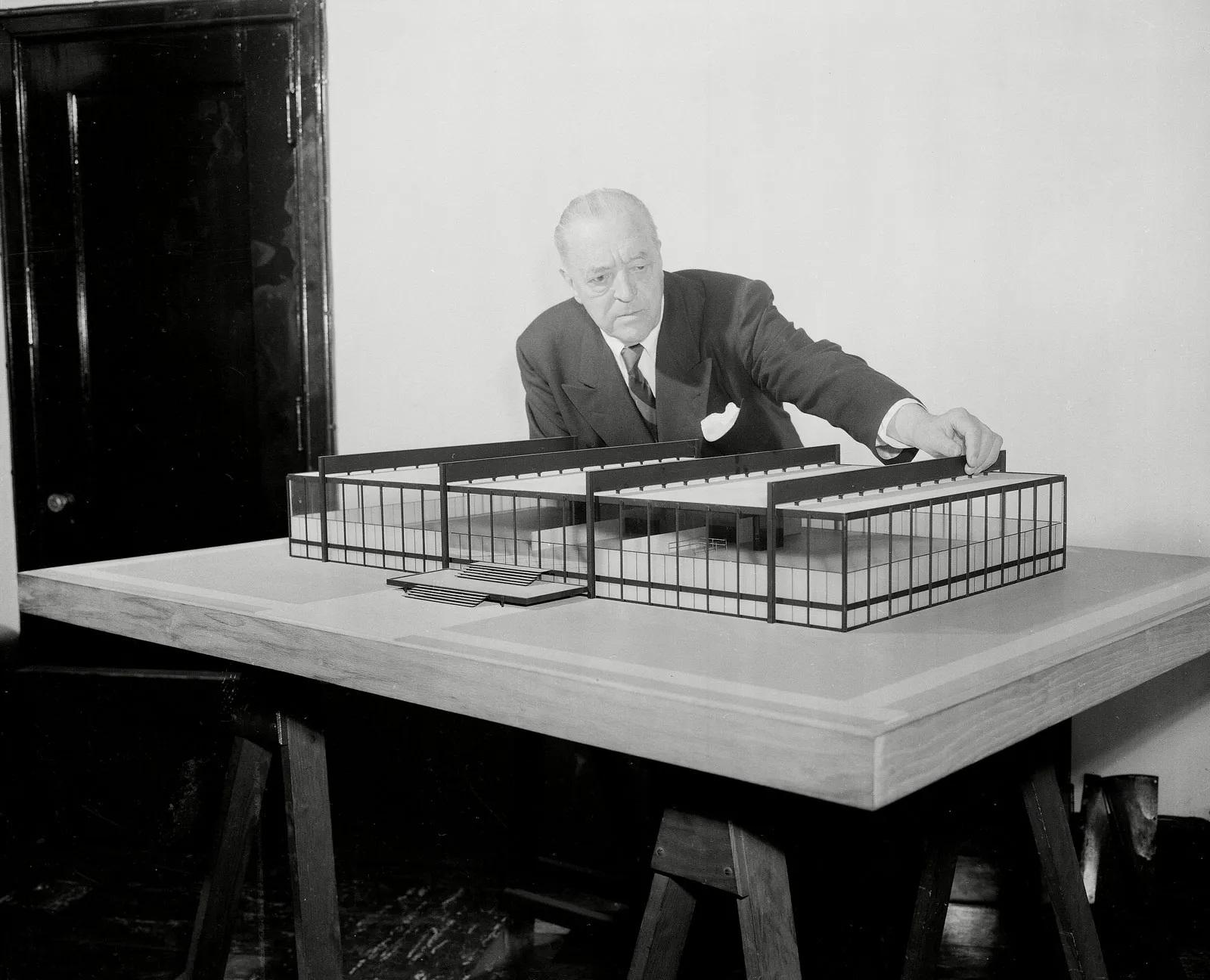
Ludwig Mies van der Rohe, a pioneering architect of the 20th century, is renowned for his iconic contributions to modernist architecture. His minimalist designs, characterized by the famous phrase "less is more," continue to influence the architectural landscape. Mies' innovative use of materials and dedication to simplicity have left an indelible mark on the world of design.
Here are three of the most notable works by architect Mies van der Rohe:
1. Barcelona Pavilion (Pavilion of the German Republic)
This pavilion, designed for the 1929 International Exposition in Barcelona, Spain, is a masterpiece of modernist architecture. It's characterized by its minimalism, use of high-quality materials, and the famous Barcelona chair.
2. Farnsworth House - Located in Plano, Illinois
the Farnsworth House is an iconic example of Mies' "less is more" philosophy. This glass-walled residence is celebrated for its integration of the natural environment and its sleek, minimalist design.
3. Seagram Building - Situated in New York City
the Seagram Building is a landmark in the history of skyscraper architecture. Completed in 1958, it exemplifies Mies' use of steel and glass, creating a timeless symbol of corporate modernism in the heart of Manhattan.
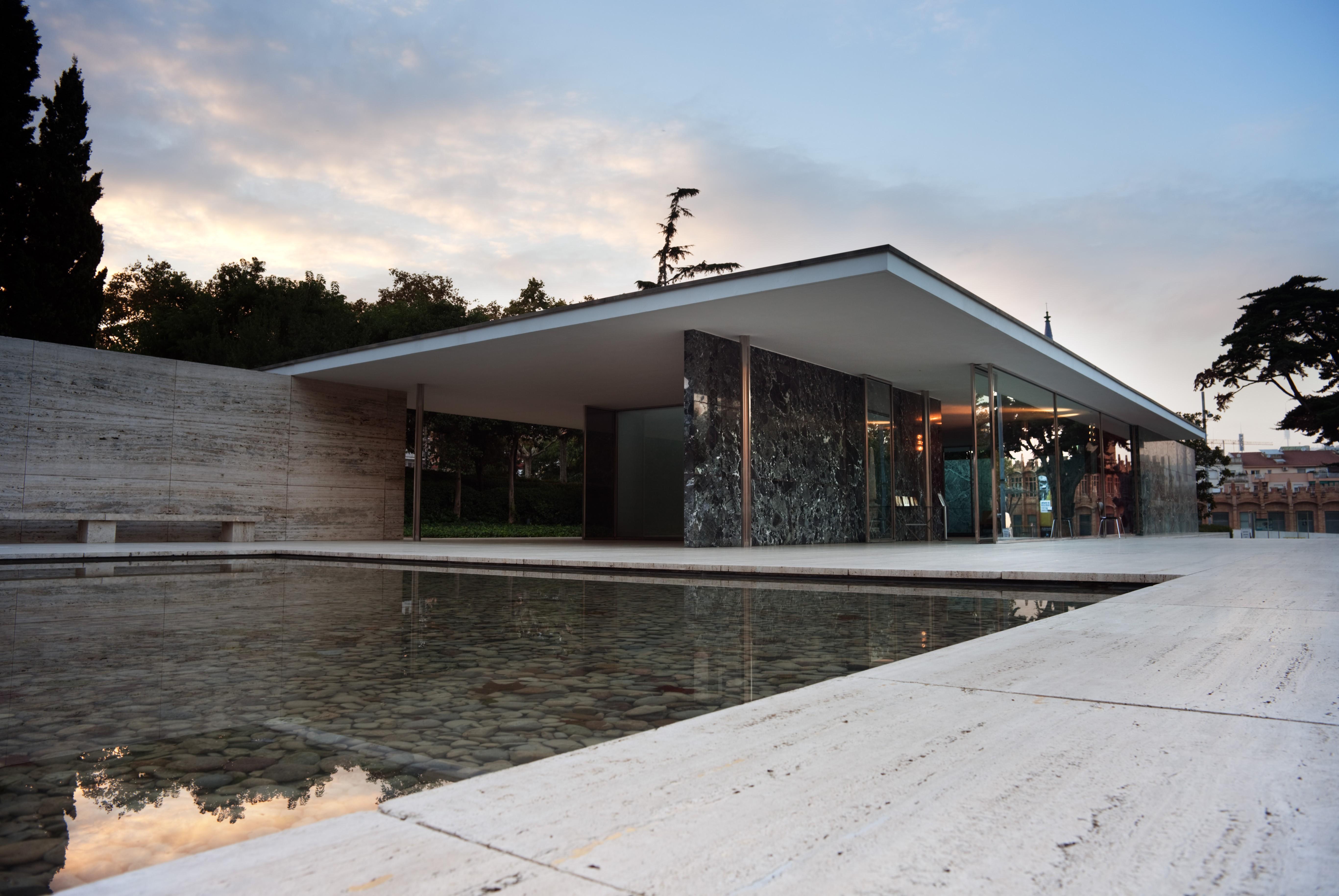
Ludwig Mies van der Rohe: Architectural Legacy and the Iconic Barcelona Pavilion
The Barcelona Pavilion, also known as the Pavilion of the German Republic, is an iconic architectural masterpiece designed by Ludwig Mies van der Rohe. It was created for the 1929 International Exposition in Barcelona, Spain, and remains a pivotal example of modernist architecture, celebrated for its minimalism, innovative use of high-quality materials, and association with the famous Barcelona chair.
This pavilion stands as a testament to Mies van der Rohe's unparalleled talent for redefining architectural norms. In its creation, Mies pushed the boundaries of design and construction, epitomizing the essence of modernist architecture in the late 1920s.
The Barcelona Pavilion is characterized by its clean lines, open spaces, and a meticulous attention to detail, all of which reflect Mies' "less is more" philosophy. It was designed as a temporary structure to host the German pavilion at the exposition, and its timeless design continues to captivate architects, designers, and enthusiasts to this day.
Historical Context:
The Barcelona Pavilion was commissioned as Germany's contribution to the 1929 International Exposition, an event that aimed to showcase cutting-edge art, architecture, and design from around the world. This exposition was significant for several reasons. It took place at a time when the world was transitioning from traditional architectural styles to modernism, a movement that emphasized functionality, simplicity, and the use of new materials. Mies van der Rohe's design for the pavilion perfectly embodied the spirit of the era.
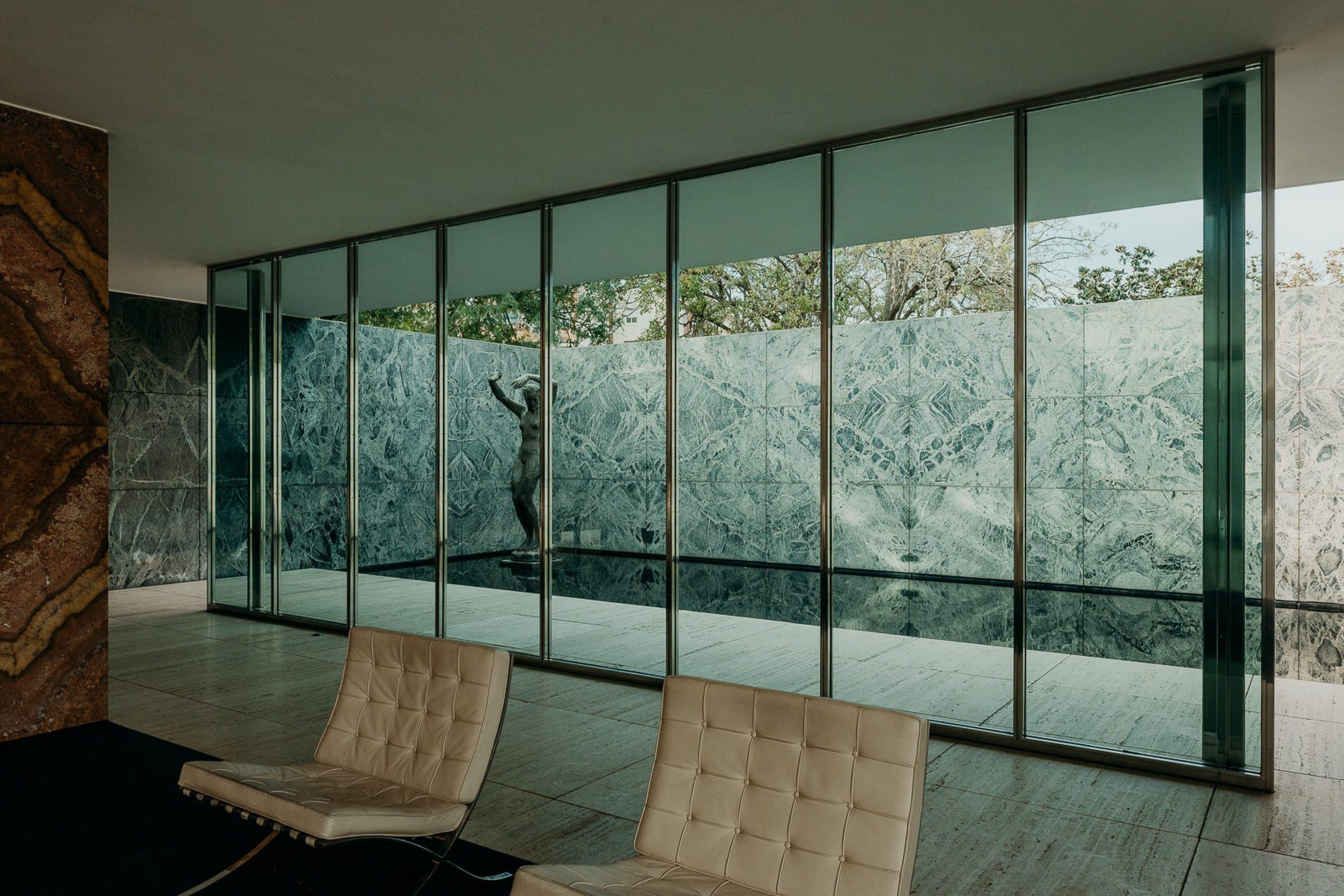
Architectural Innovation:
One of the most striking aspects of the Barcelona Pavilion is its innovative use of materials. Mies employed luxurious materials such as marble, travertine, and onyx for the pavilion's interior. These choices not only conveyed a sense of opulence but also demonstrated the potential of these materials when used in modernist design.
The use of glass, in particular, was groundbreaking. Mies employed large, plate-glass walls that eliminated the need for traditional load-bearing walls. This gave the pavilion a sense of weightlessness, creating a harmonious connection between the interior and the exterior. Natural light flooded the space, blurring the boundaries between the pavilion's interior and the surrounding landscape.
The Barcelona Chair:
One of the most famous aspects of the Barcelona Pavilion is the Barcelona chair, an iconic piece of modern furniture. Mies van der Rohe designed the chair for the pavilion, and it has since become a symbol of modern design.
The Barcelona chair features a sleek, minimalist design, with its signature X-shaped frame and leather cushions. It perfectly complements the pavilion's aesthetic and embodies Mies' commitment to both form and function. The chair remains highly sought after and continues to be a symbol of sophistication and modern design.
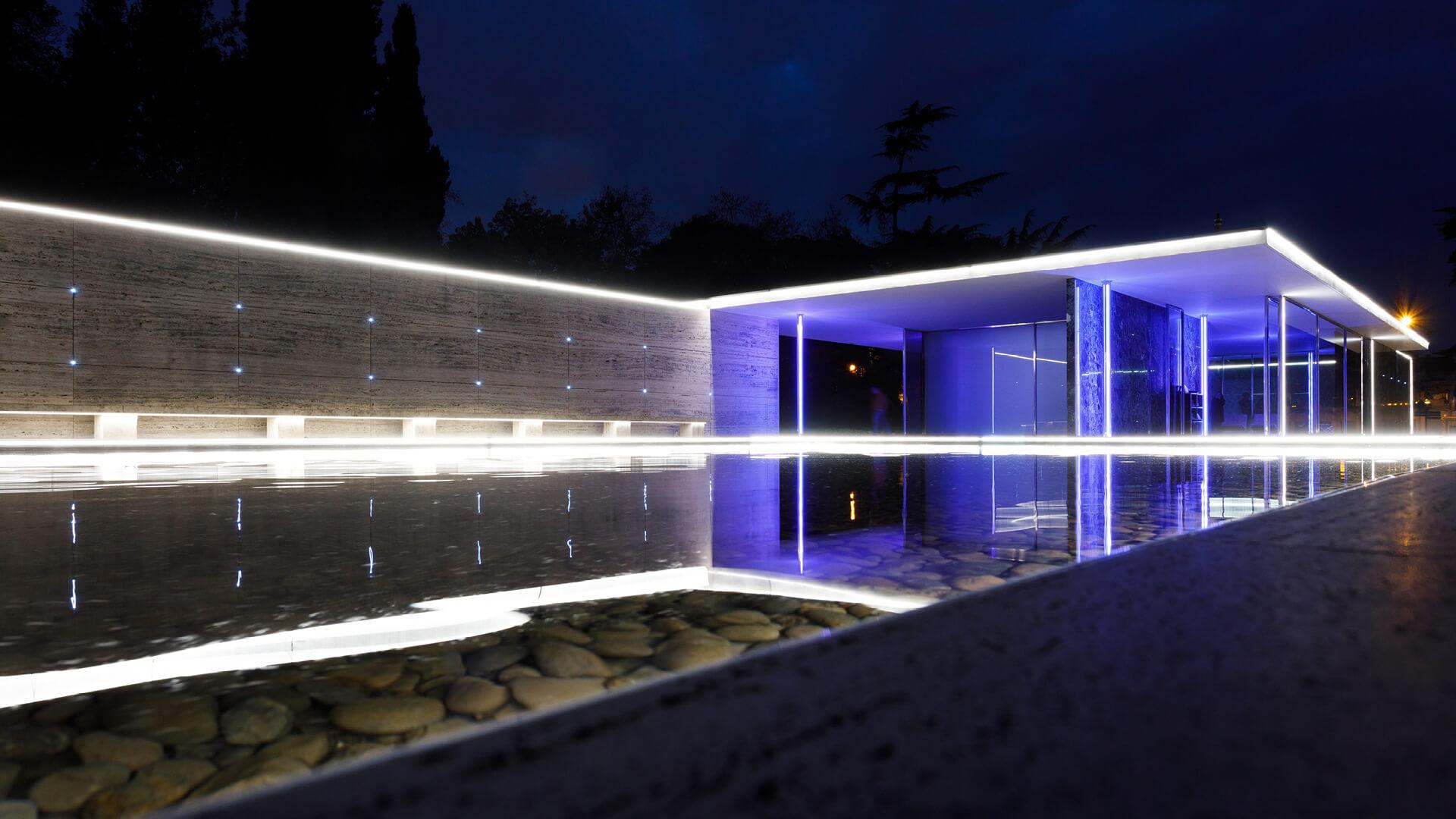
Spatial Organization:
The spatial arrangement of the Barcelona Pavilion is a testament to Mies' genius. He used a minimalistic approach to create an open and fluid space. The central feature is a large, rectangular pool that reflects the surrounding columns and the sky, creating a sense of unity between the pavilion and its environment.
A series of parallel walls and columns define the structure, providing a sense of enclosure without sacrificing the feeling of openness. These elements create a carefully orchestrated progression through the space, with areas designated for various functions. The open plan, in combination with the elegant materials and the careful placement of walls and columns, offers a sense of movement and flexibility within the pavilion.
Legacy and Influence:
The Barcelona Pavilion has left an indelible mark on the world of architecture and design. It serves as a prime example of modernist principles, showcasing the power of simplicity, functionality, and the innovative use of materials. Architects and designers worldwide continue to draw inspiration from Mies van der Rohe's masterpiece.
The pavilion's design has been replicated and adapted in various forms, and its influence can be seen in contemporary architecture and interior design. The Barcelona chair, in particular, has become an icon of modern furniture, gracing homes, offices, and public spaces.
In conclusion, the Barcelona Pavilion, designed by Mies van der Rohe for the 1929 International Exposition in Barcelona, Spain, stands as a timeless symbol of modernist architecture. Its innovative use of materials, clean lines, and open spaces exemplify the principles of minimalism and functionality that continue to inspire architects and designers today. The pavilion, along with the famous Barcelona chair, is a testament to Mies' enduring legacy in the world of architecture and design.
Recently Published
loves or pursues or
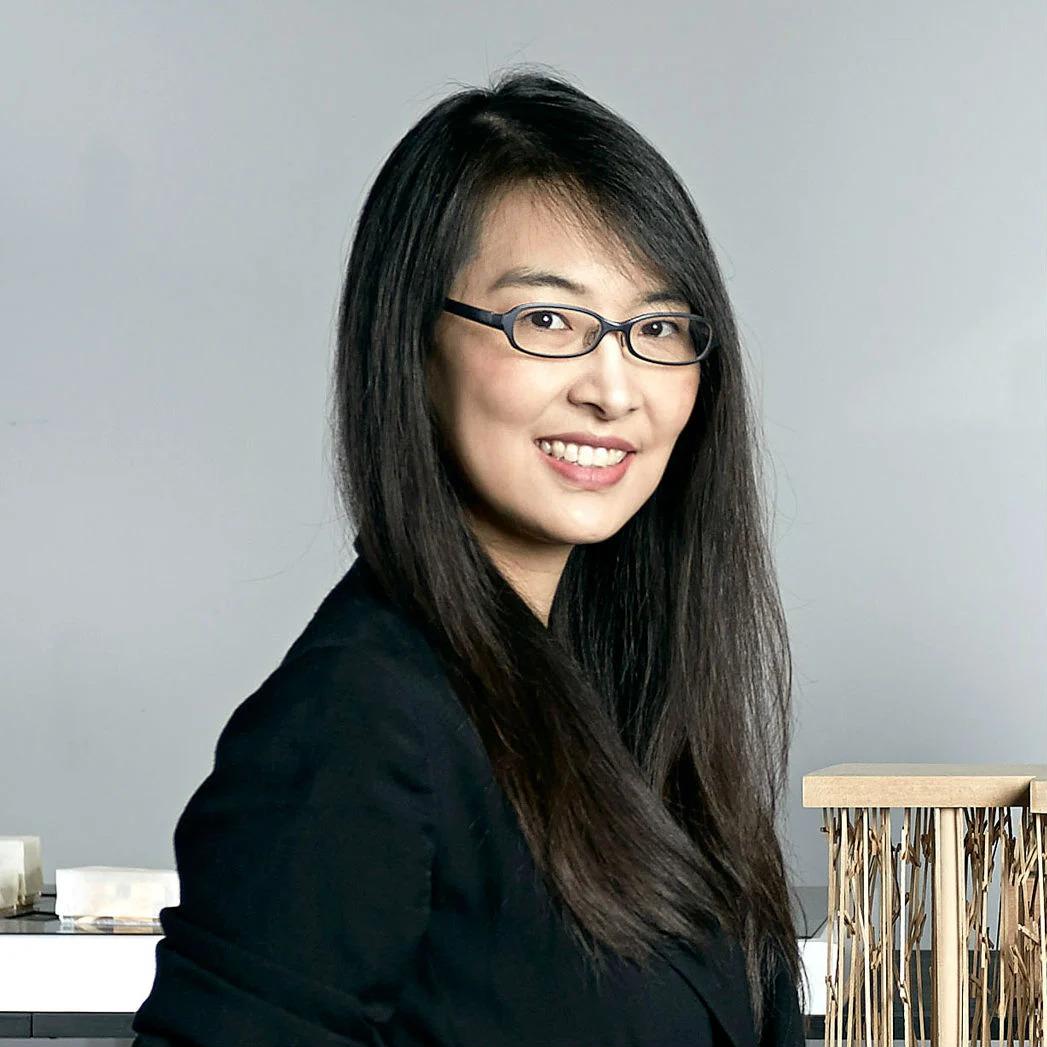
.jpg)

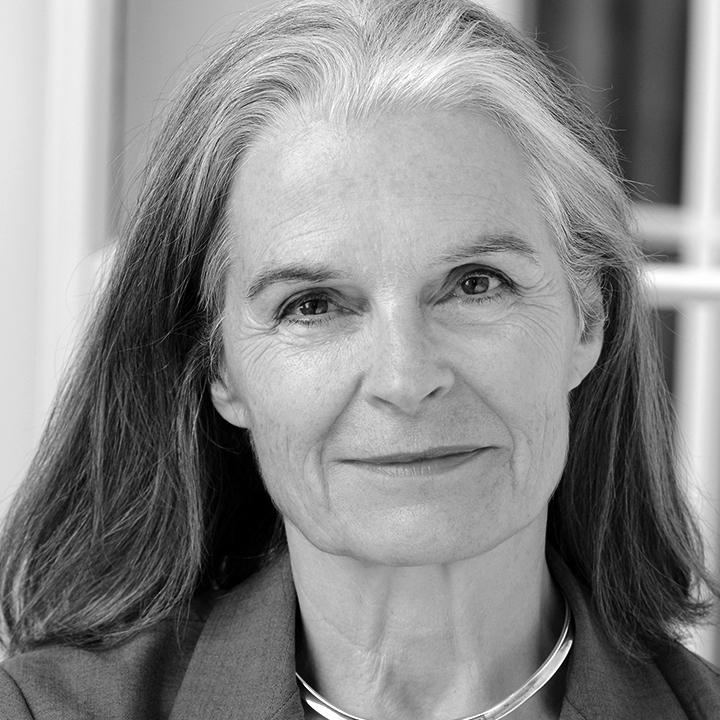
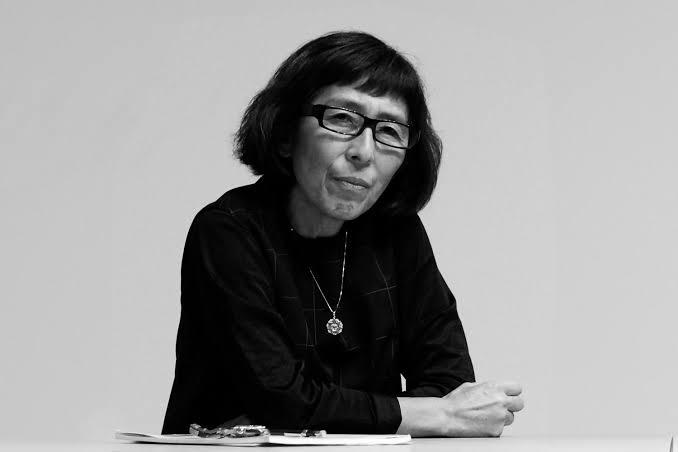
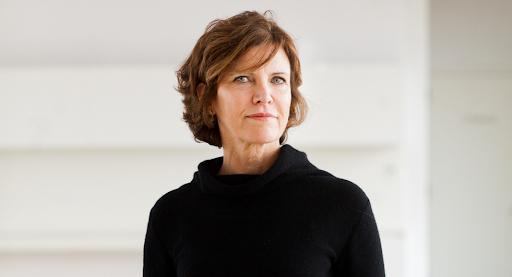
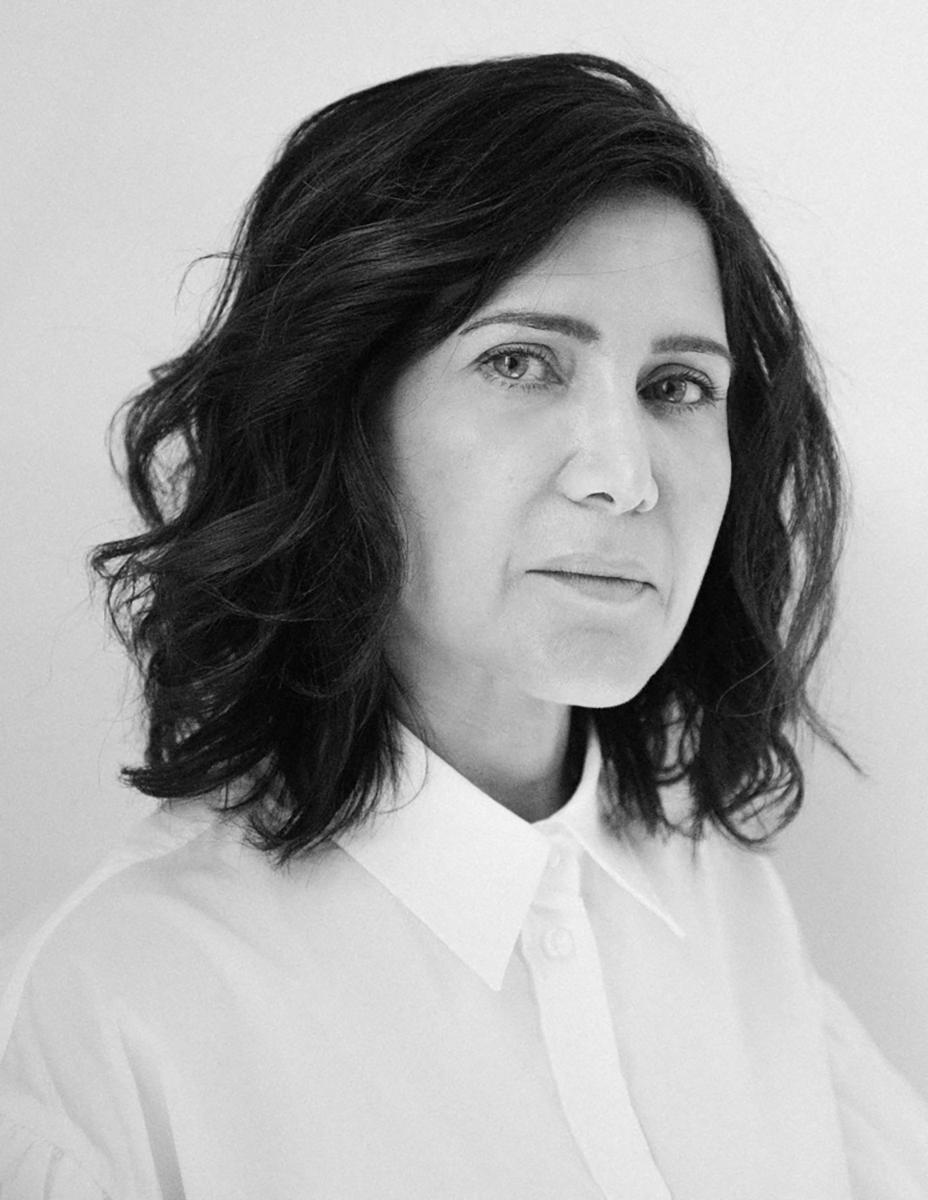

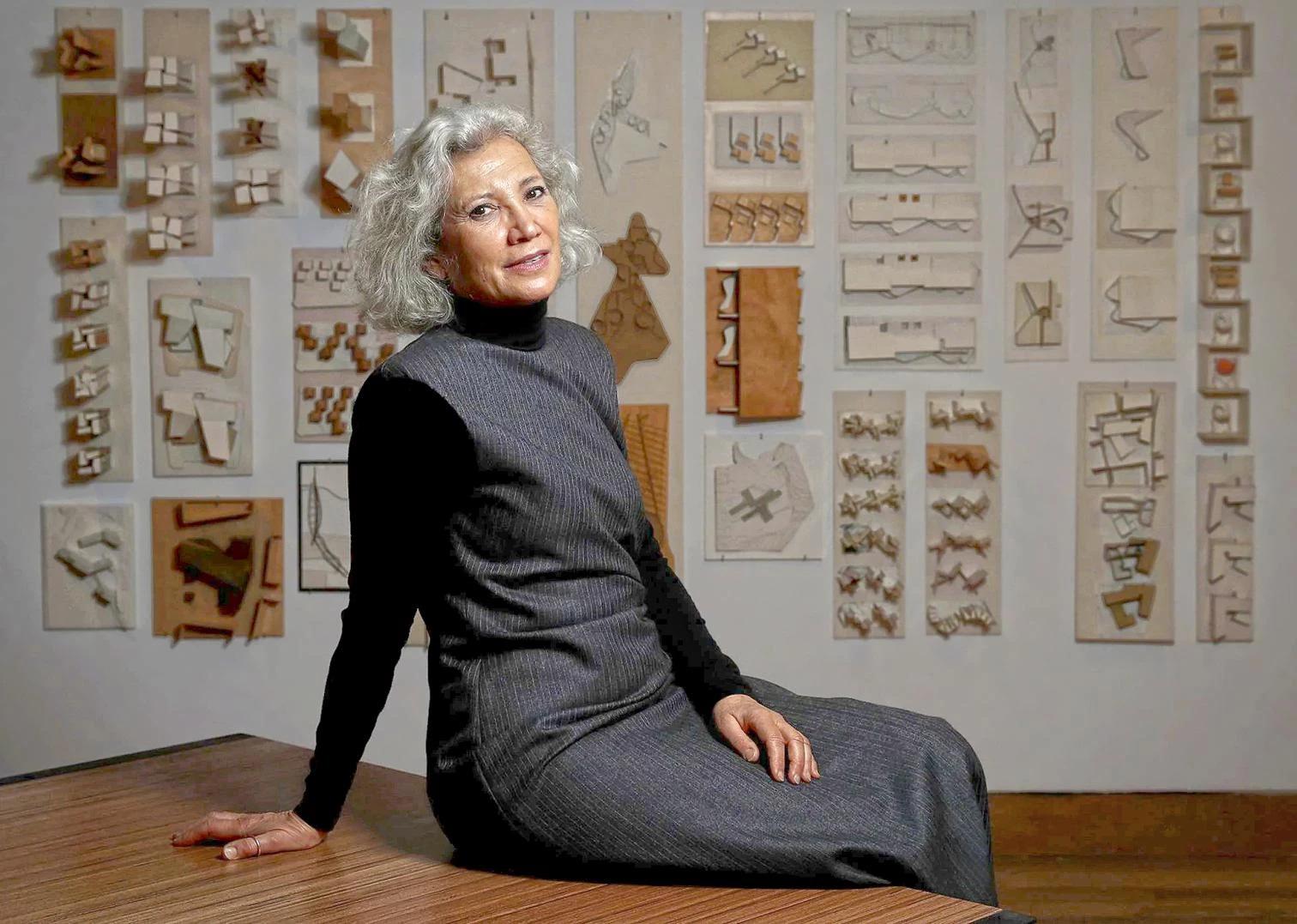
.jpg)